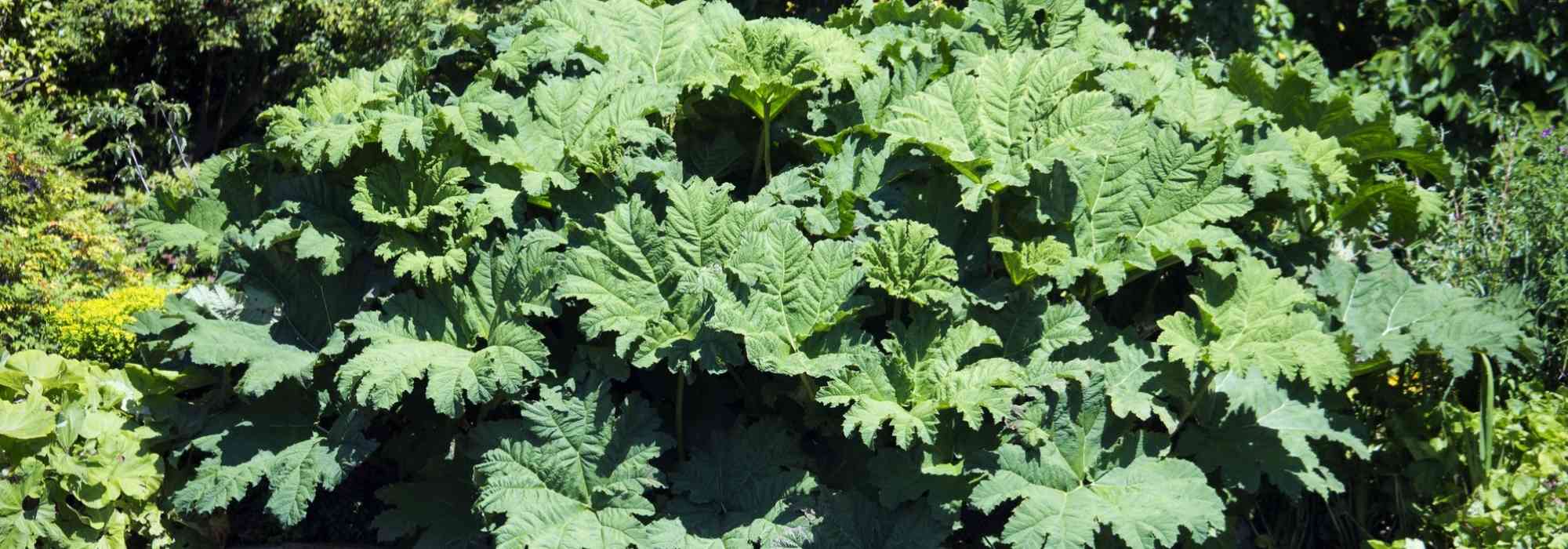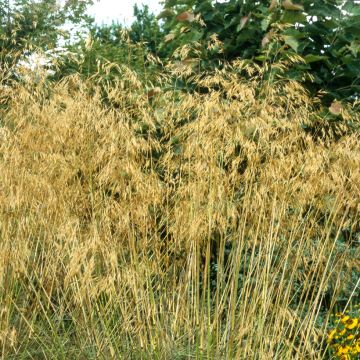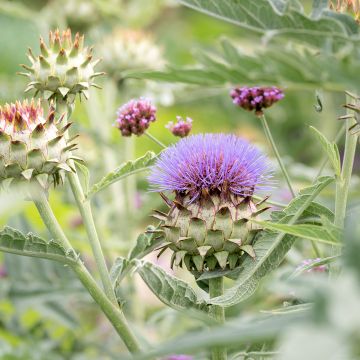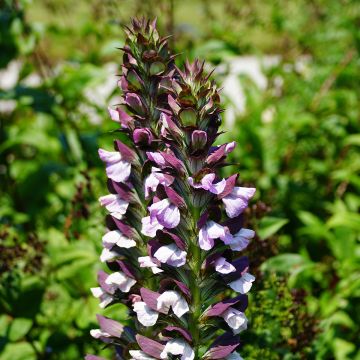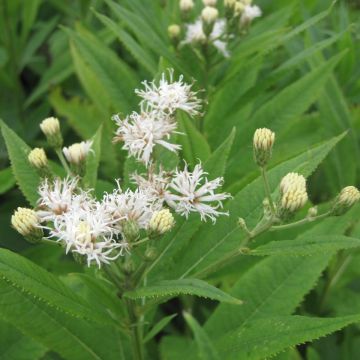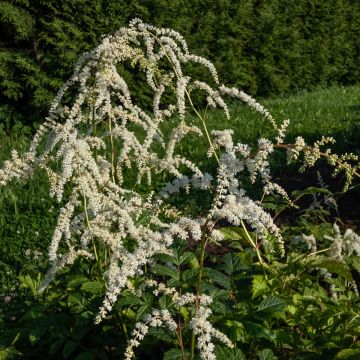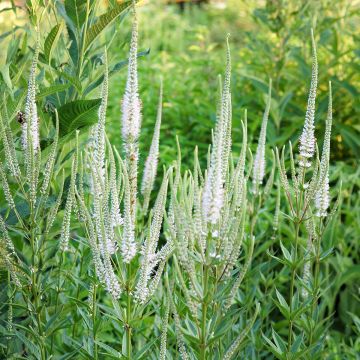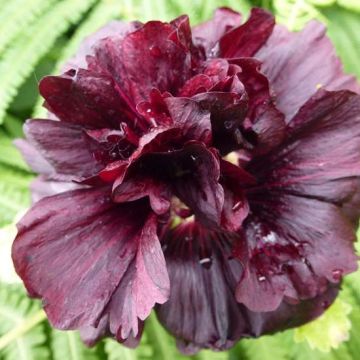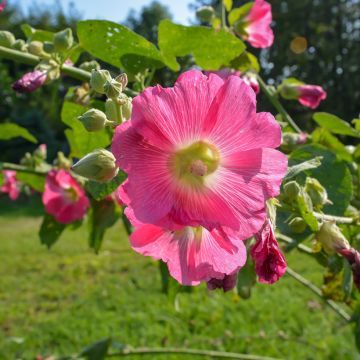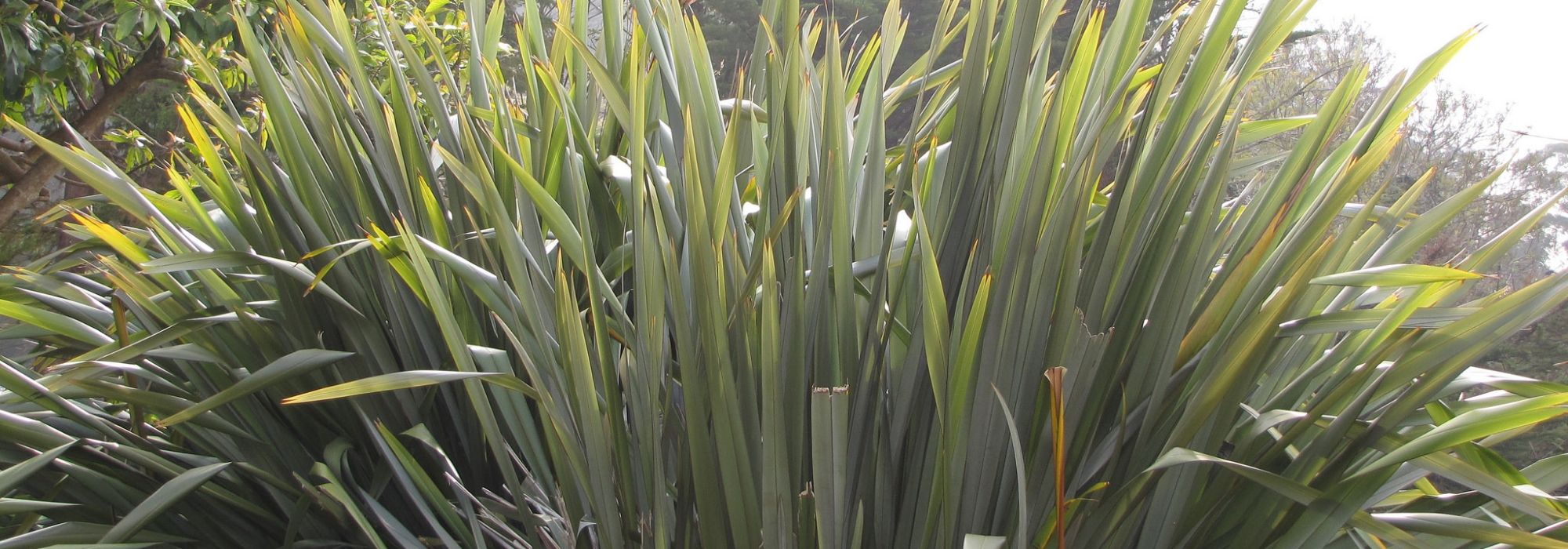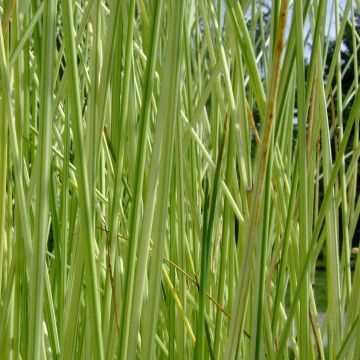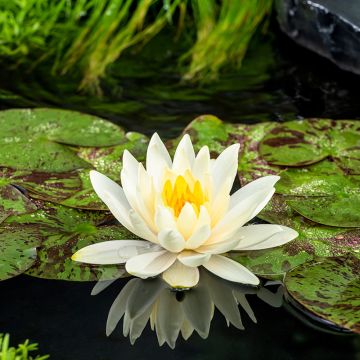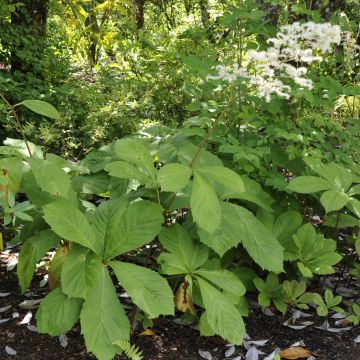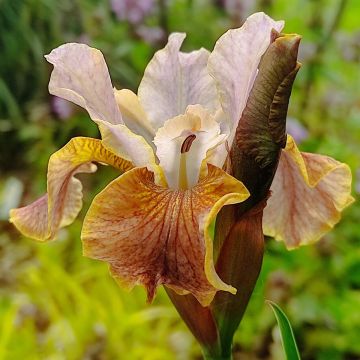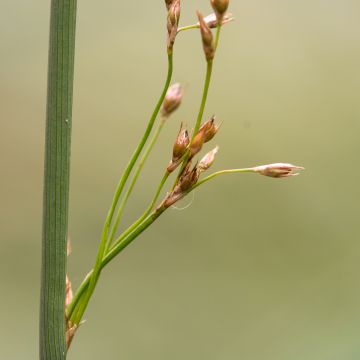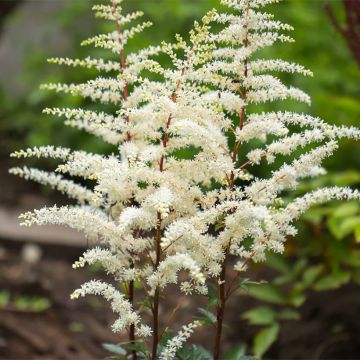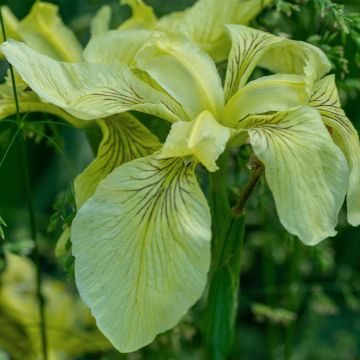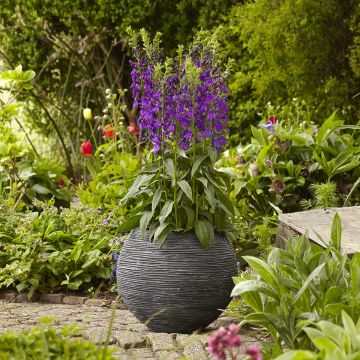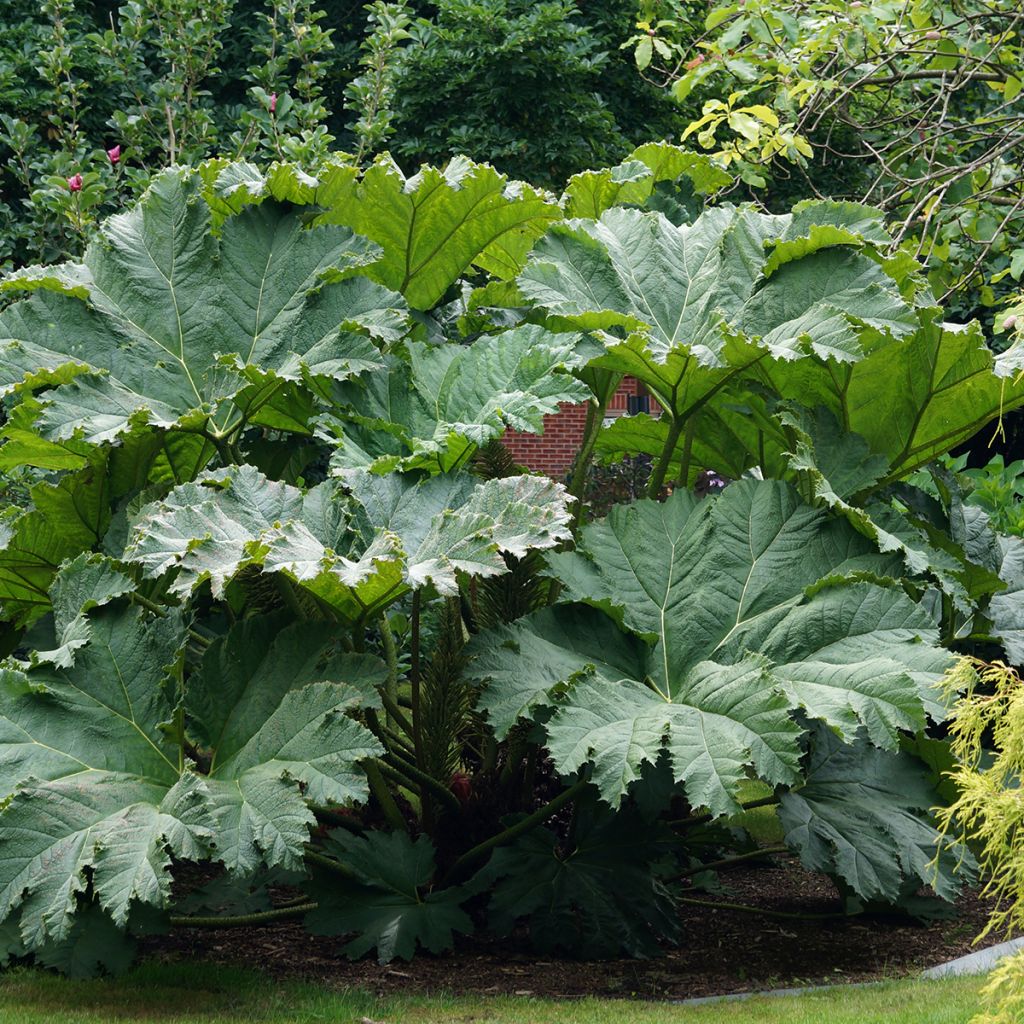

Gunnera manicata - Brazilian Giant-rhubarb
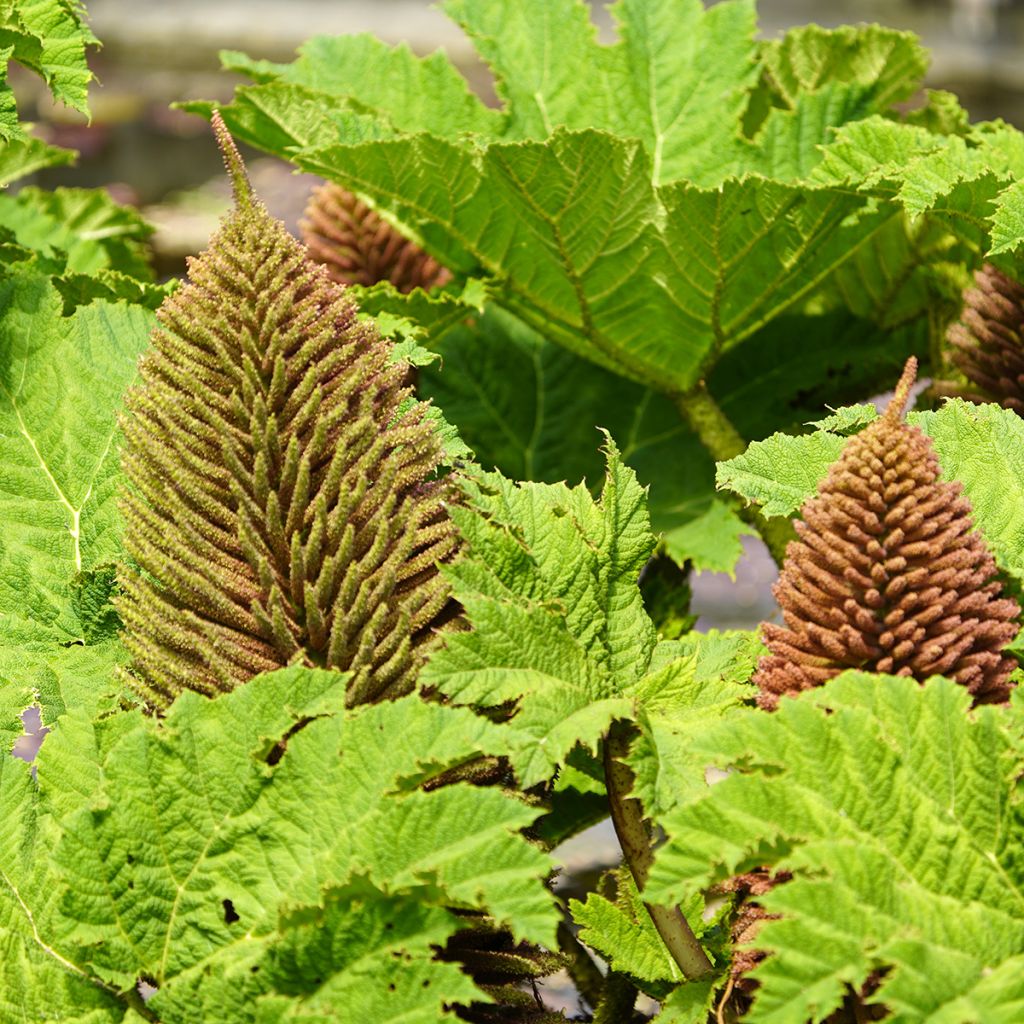

Gunnera manicata - Brazilian Giant-rhubarb
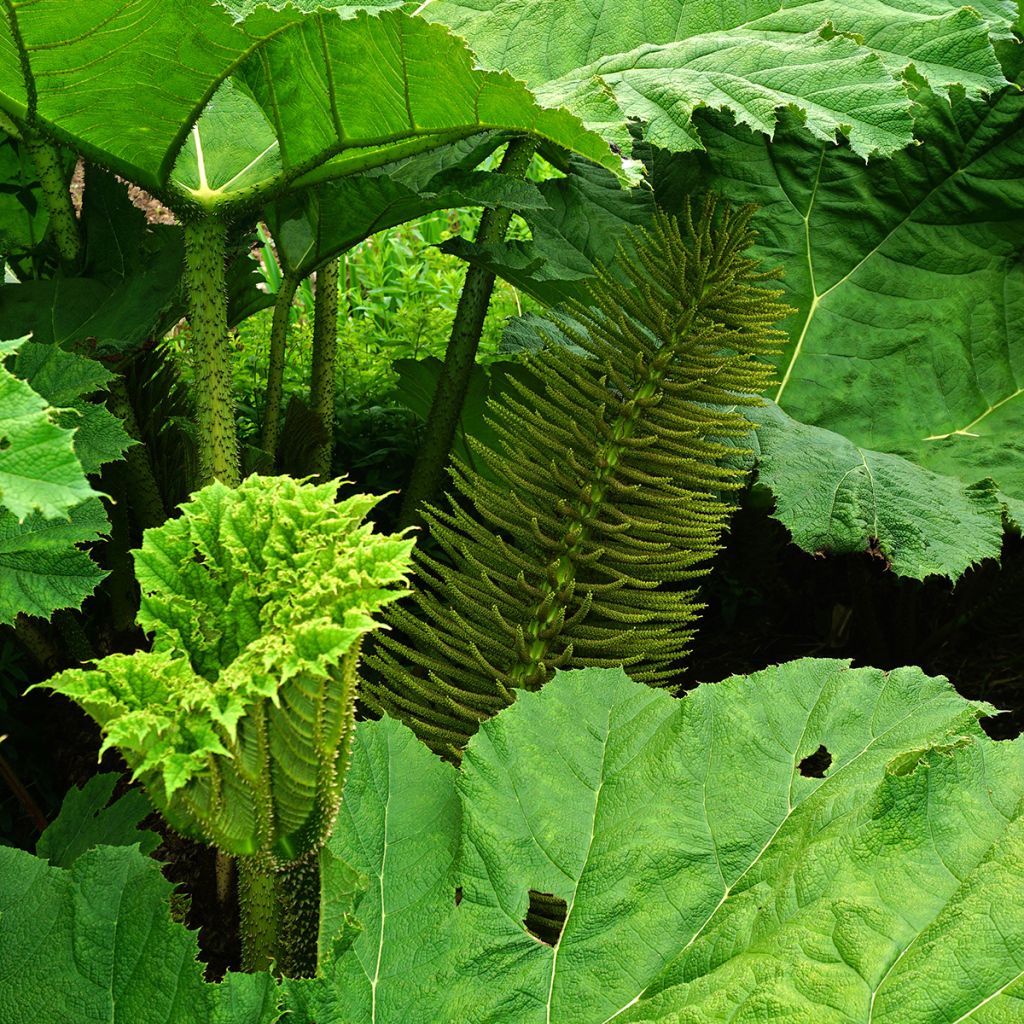

Gunnera manicata - Brazilian Giant-rhubarb
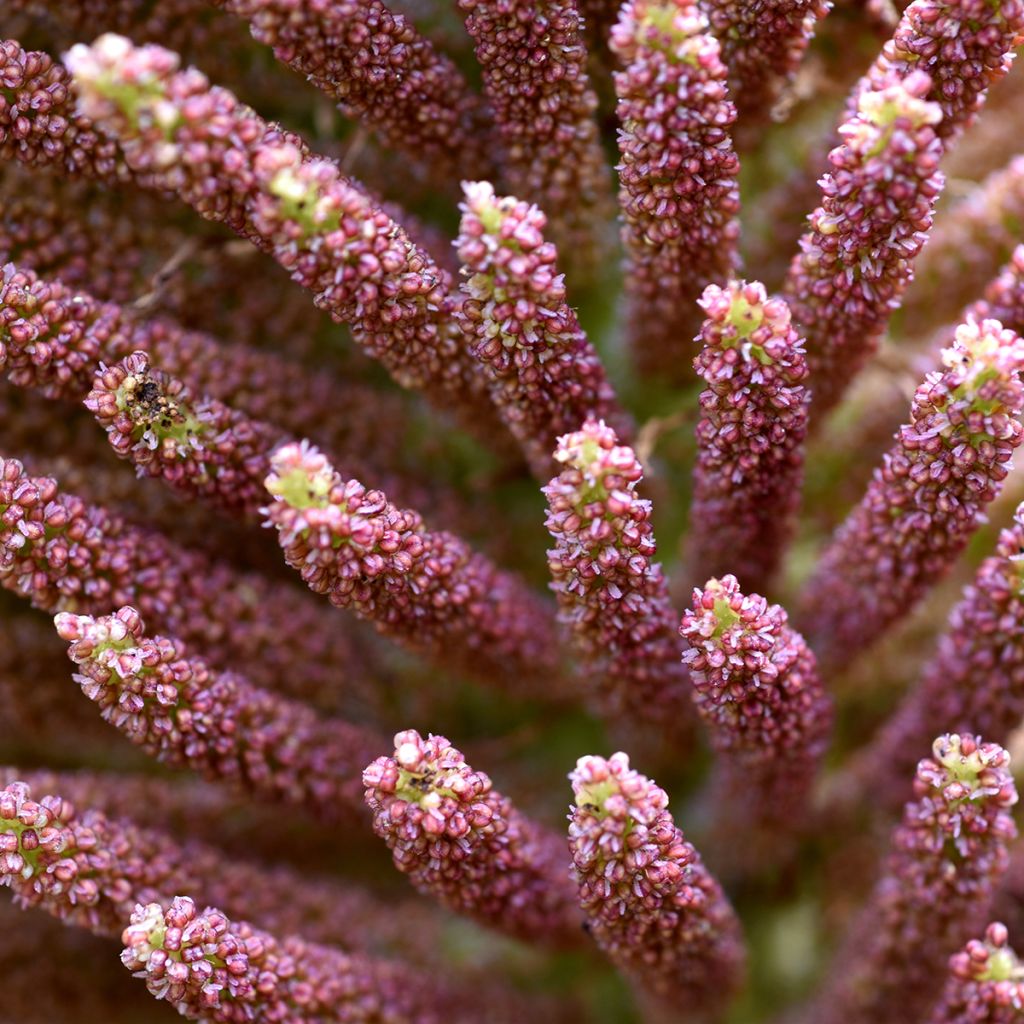

Gunnera manicata - Brazilian Giant-rhubarb
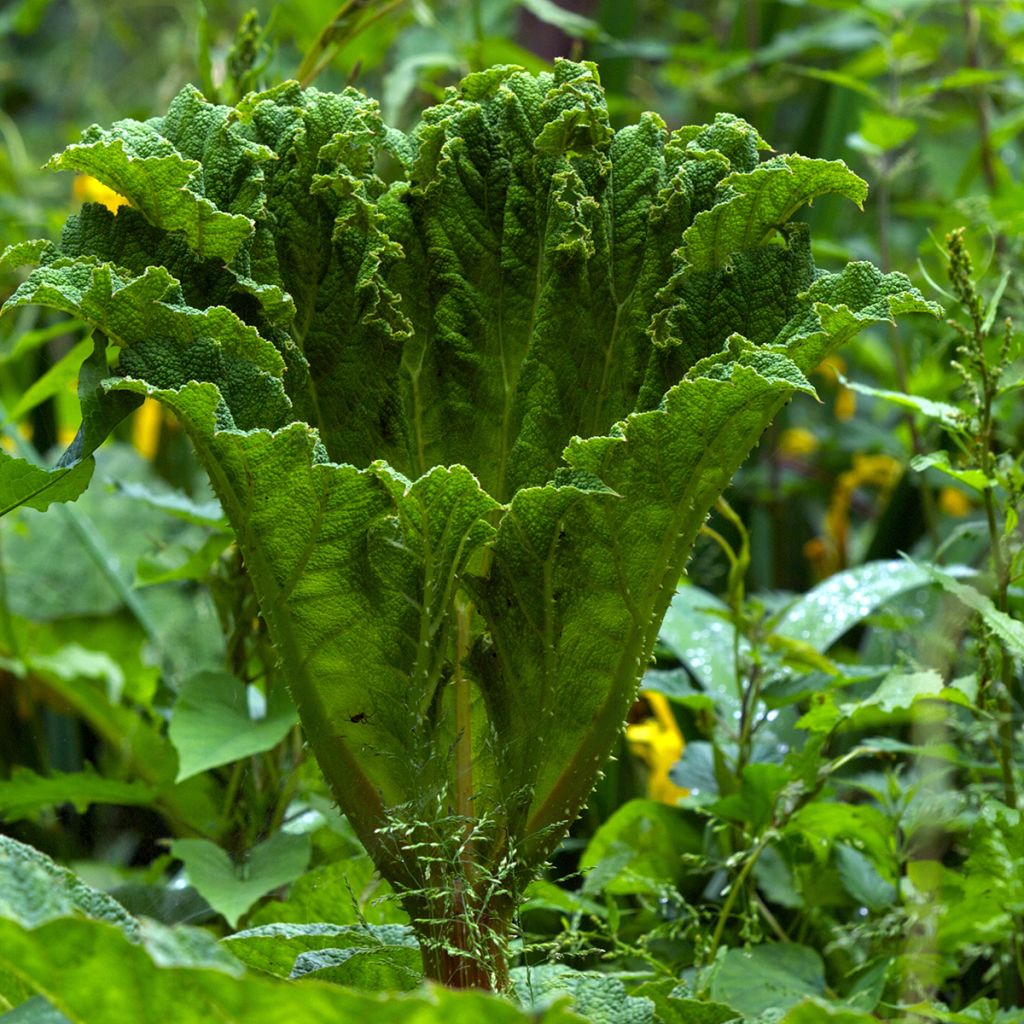

Gunnera manicata - Brazilian Giant-rhubarb
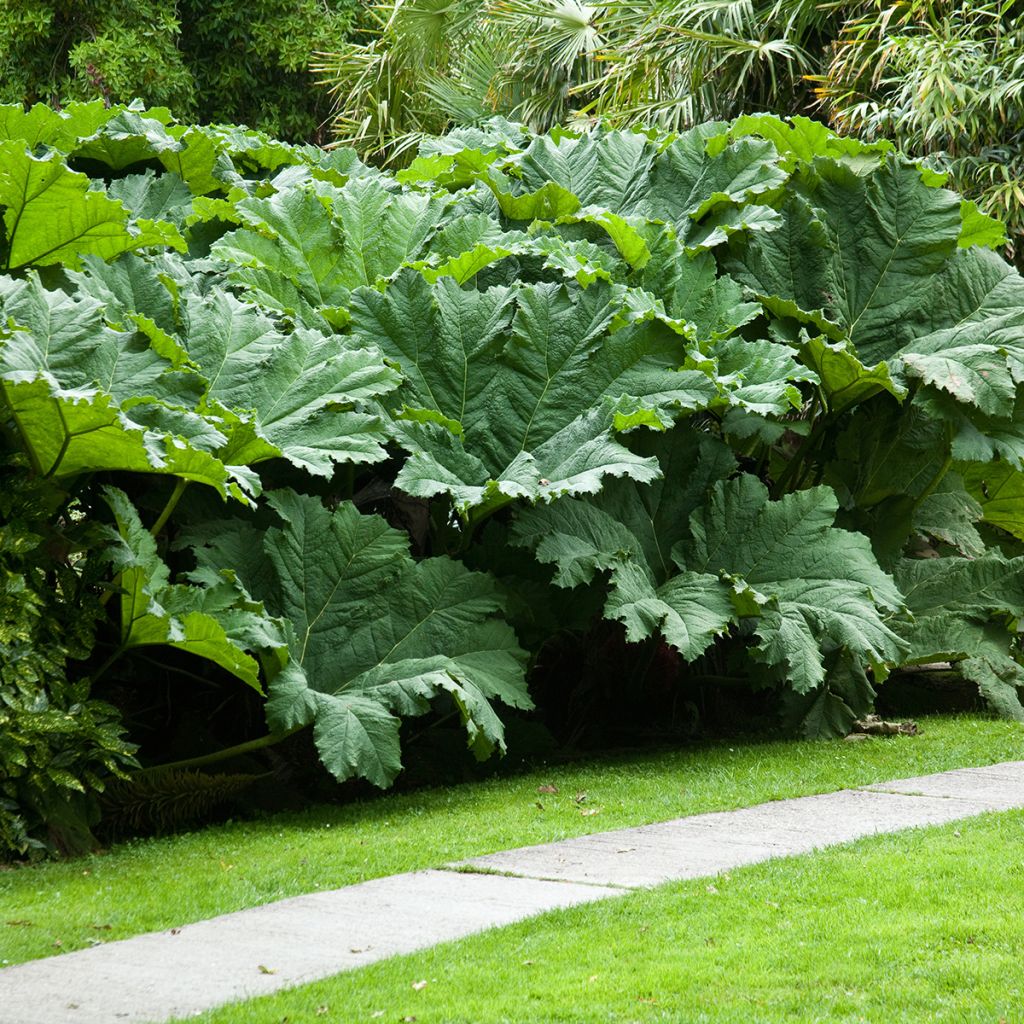

Gunnera manicata - Brazilian Giant-rhubarb
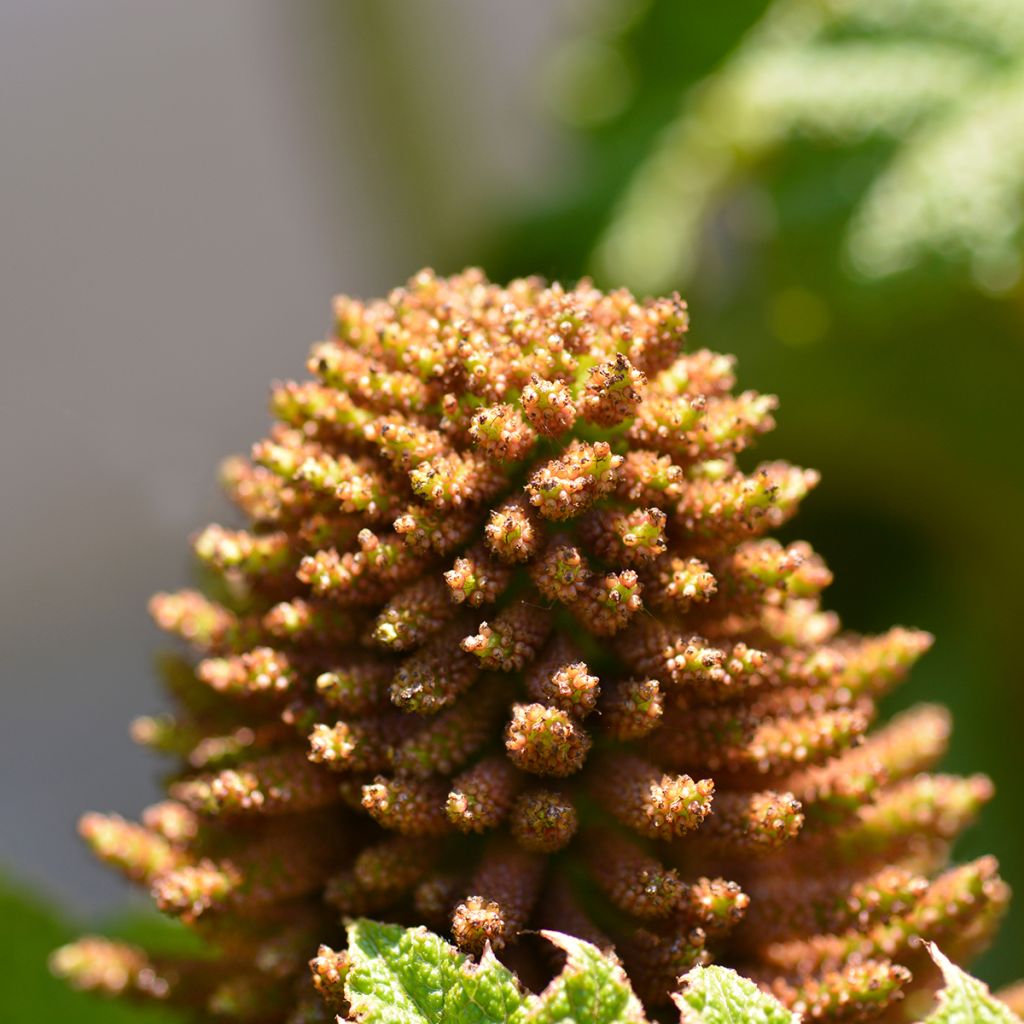

Gunnera manicata - Brazilian Giant-rhubarb
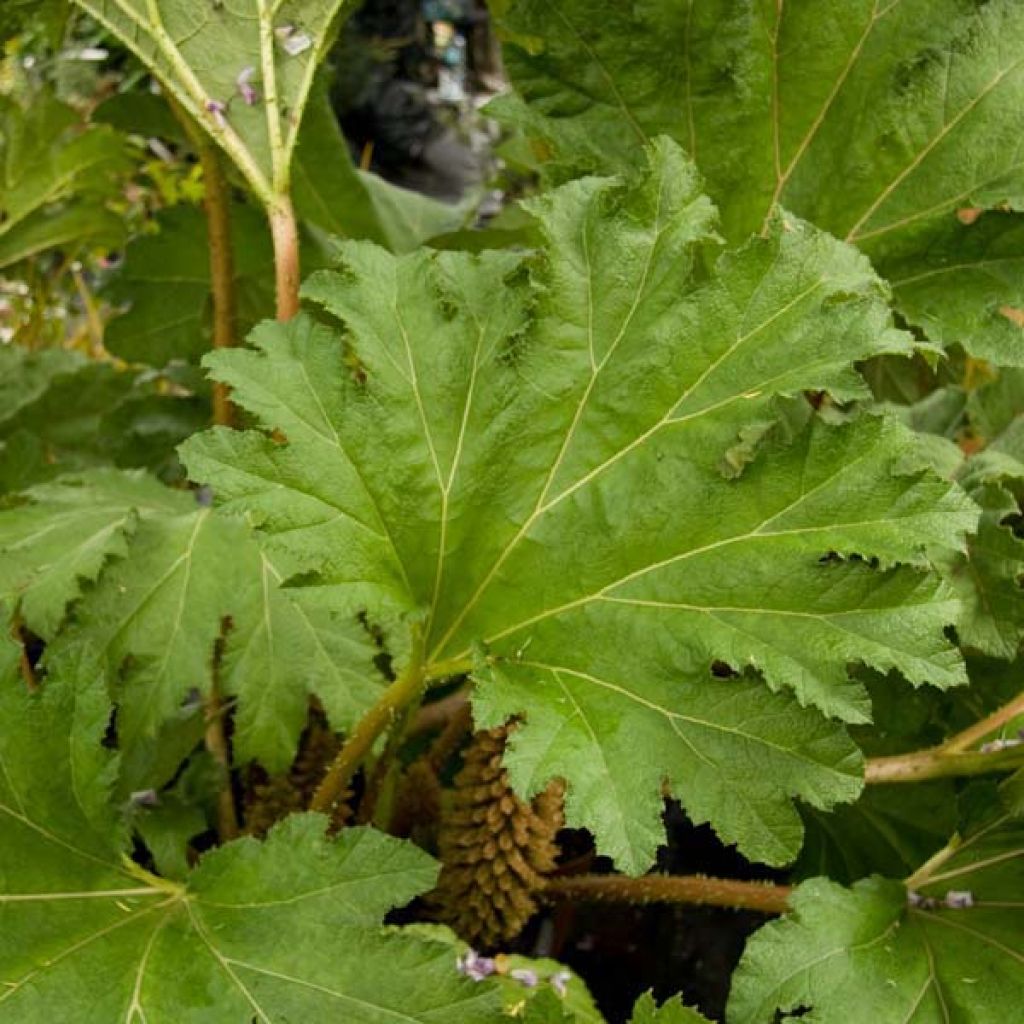

Gunnera manicata - Brazilian Giant-rhubarb
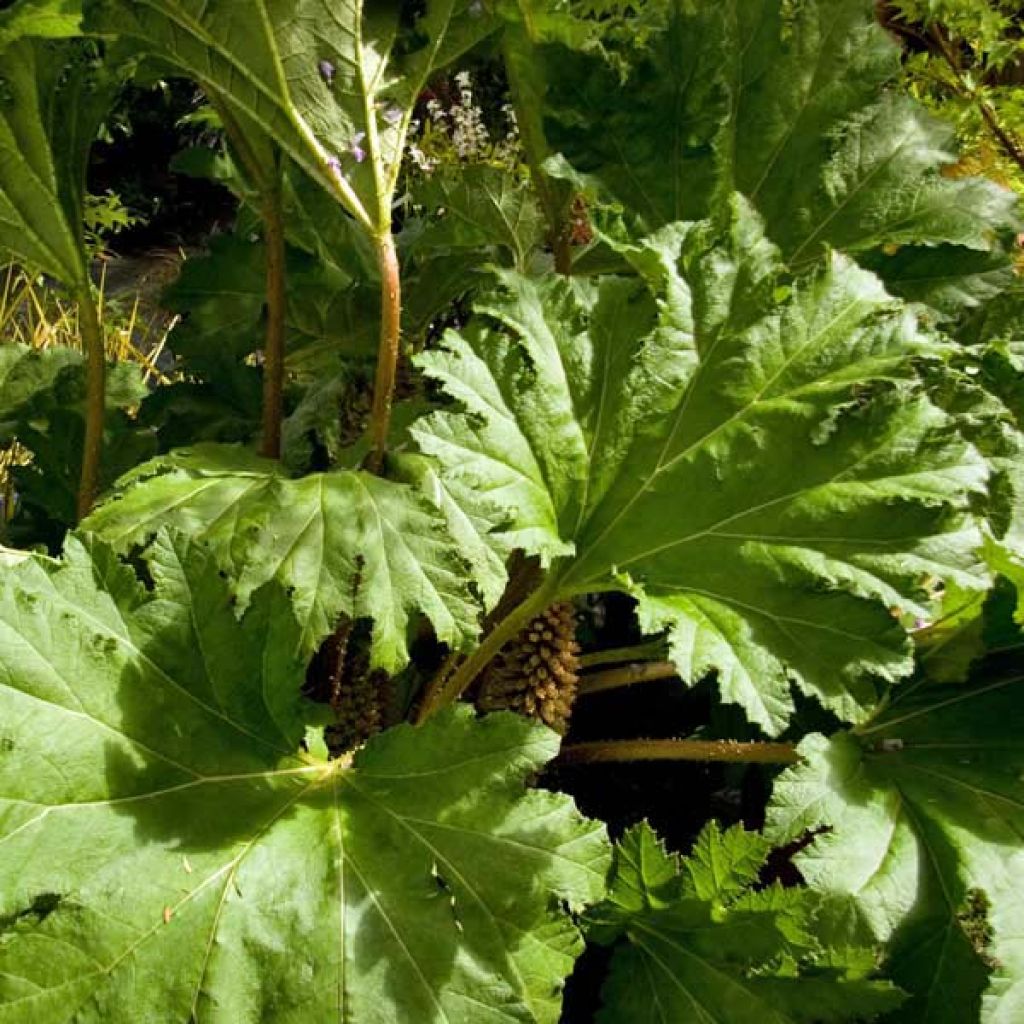

Gunnera manicata - Brazilian Giant-rhubarb
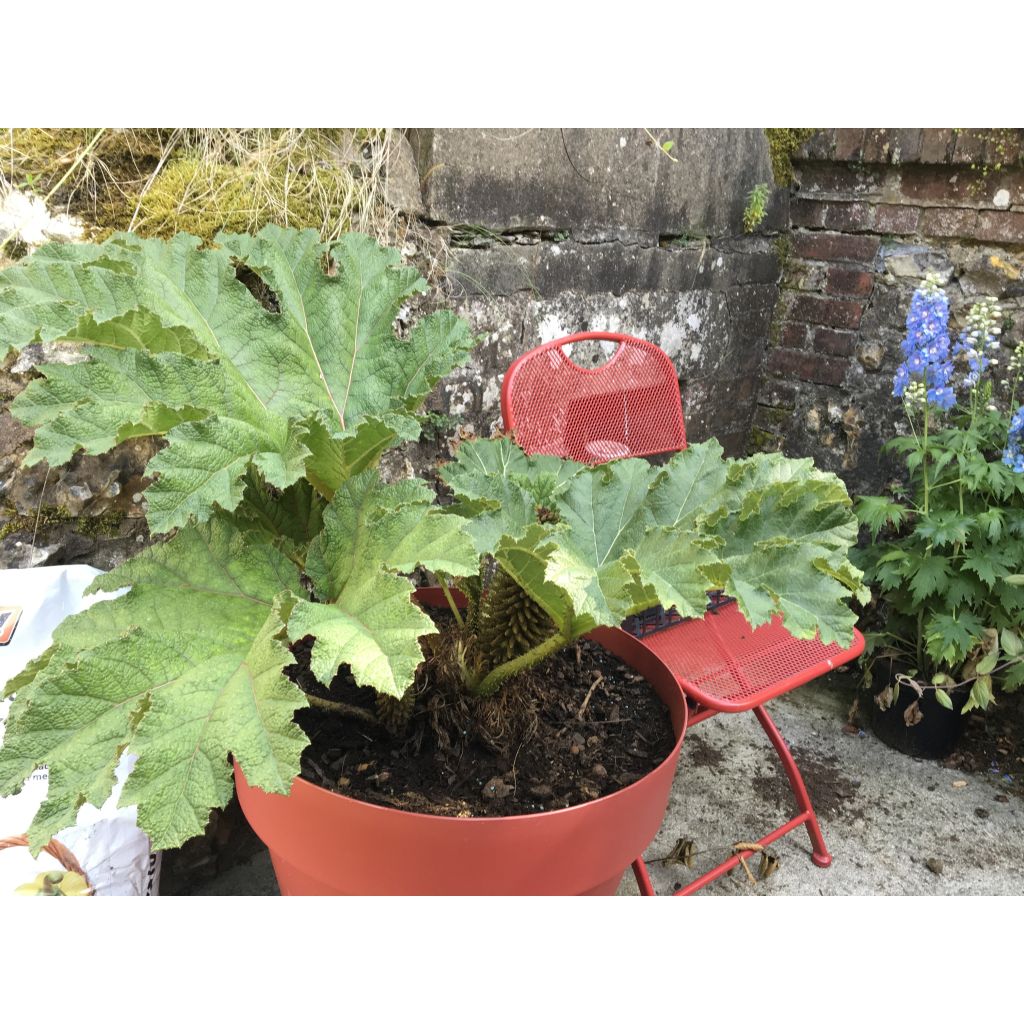

Gunnera manicata - Brazilian Giant-rhubarb
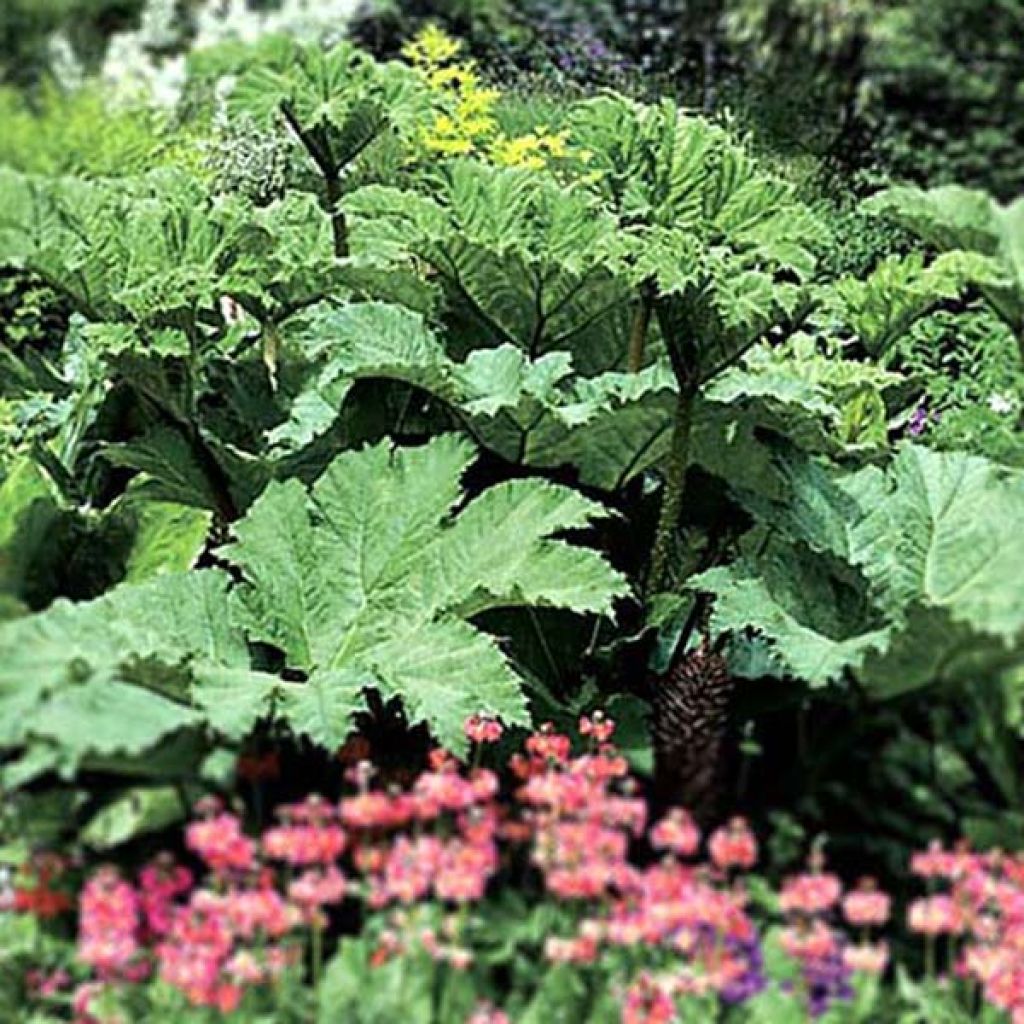

Gunnera manicata - Brazilian Giant-rhubarb
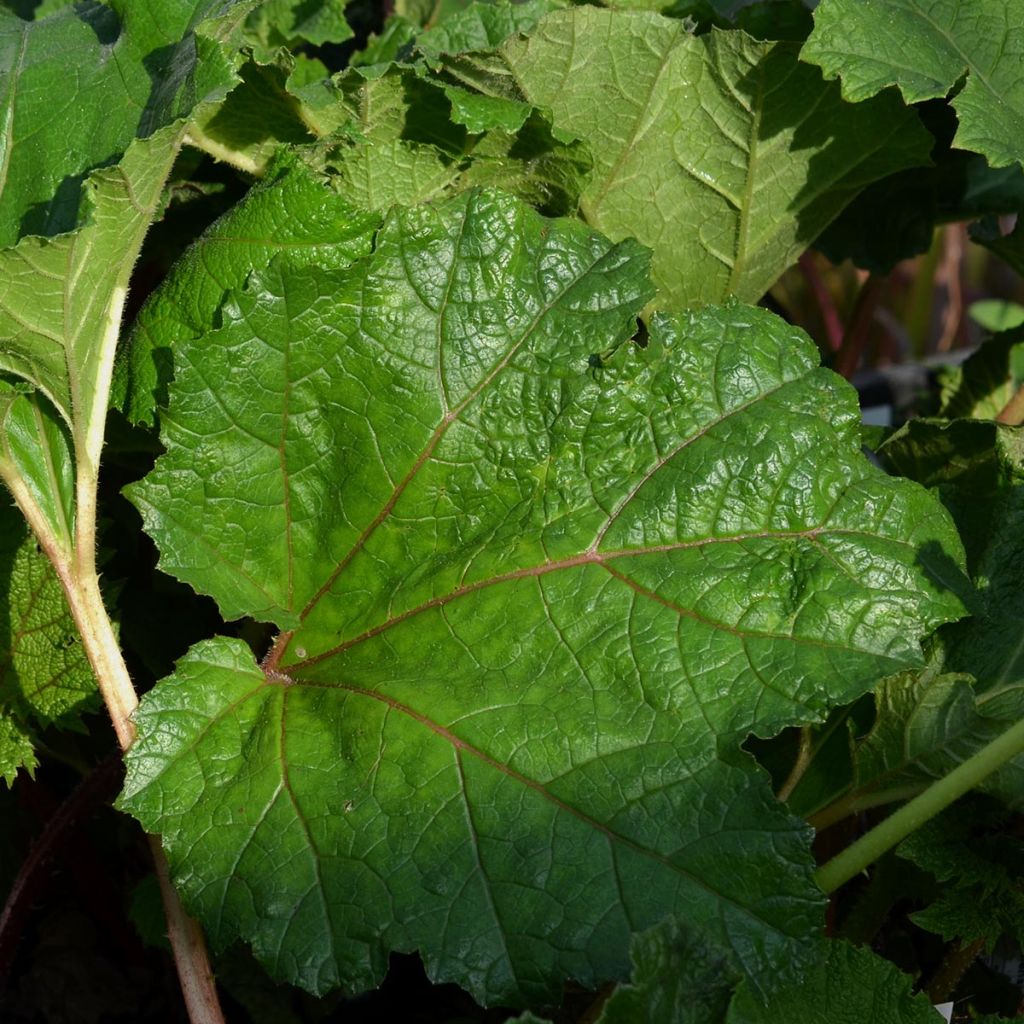

Gunnera manicata - Brazilian Giant-rhubarb
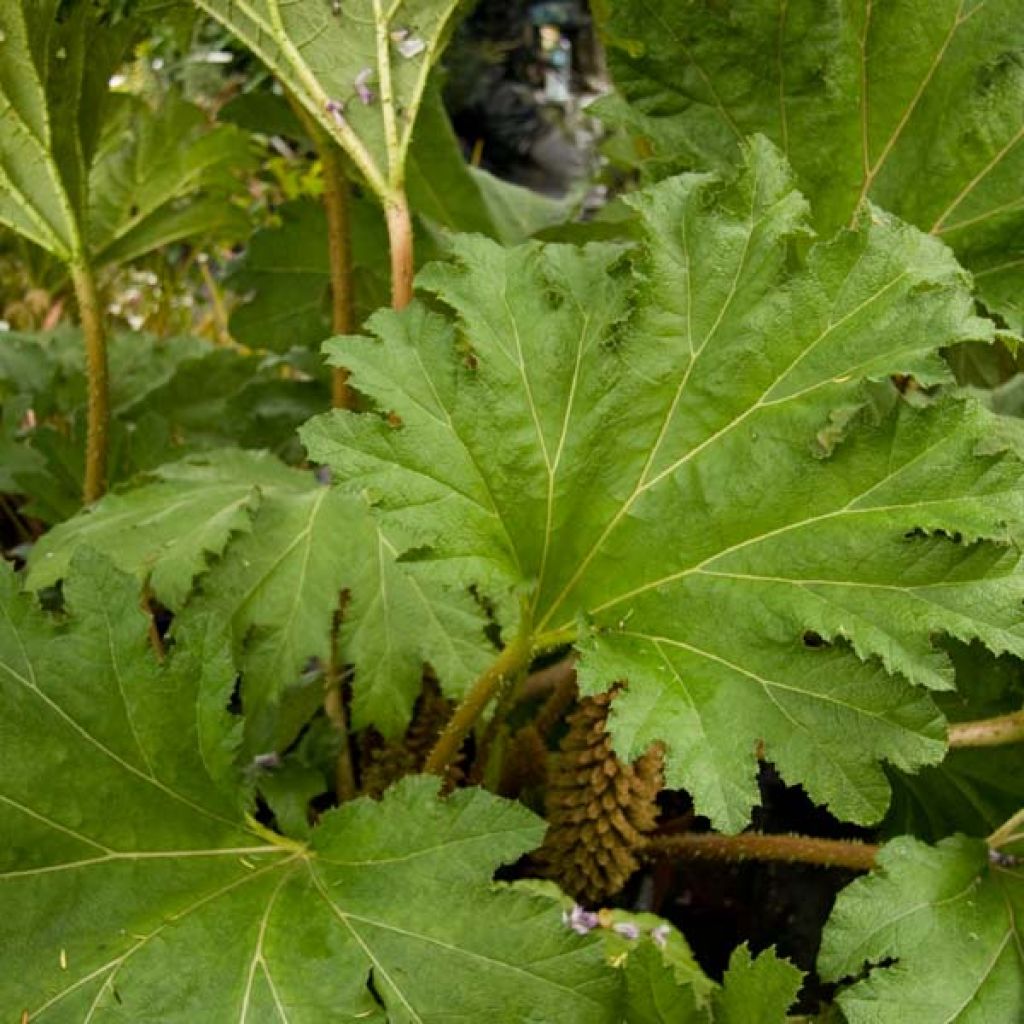

Gunnera manicata - Brazilian Giant-rhubarb
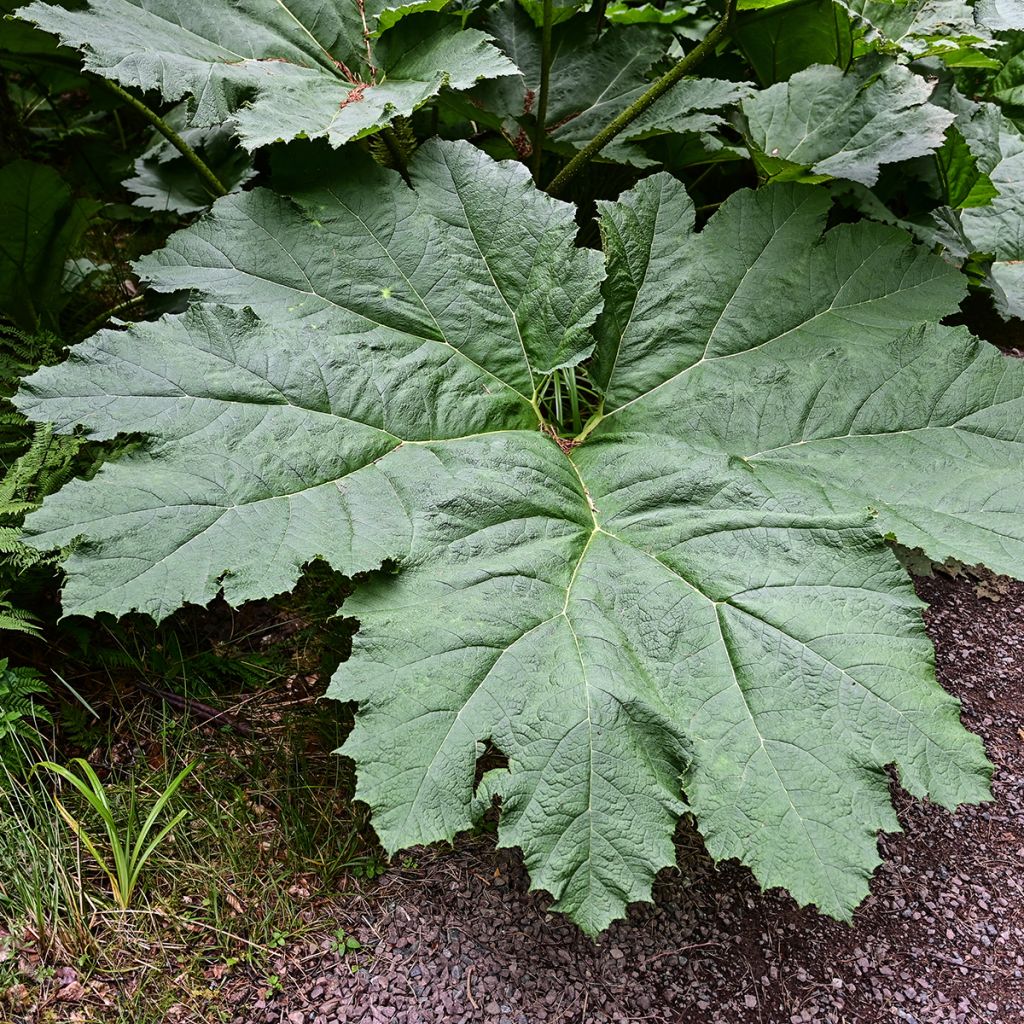

Gunnera manicata - Brazilian Giant-rhubarb
Gunnera manicata - Brazilian Giant-rhubarb
Gunnera manicata
Brazilian Giant-rhubarb, Giant rhubarb
Special offer!
Receive a €20 voucher for any order over €90 (excluding delivery costs, credit notes, and plastic-free options)!
1- Add your favorite plants to your cart.
2- Once you have reached €90, confirm your order (you can even choose the delivery date!).
3- As soon as your order is shipped, you will receive an email containing your voucher code, valid for 3 months (90 days).
Your voucher is unique and can only be used once, for any order with a minimum value of €20, excluding delivery costs.
Can be combined with other current offers, non-divisible and non-refundable.
Home or relay delivery (depending on size and destination)
Schedule delivery date,
and select date in basket
This plant carries a 12 months recovery warranty
More information
We guarantee the quality of our plants for a full growing cycle, and will replace at our expense any plant that fails to recover under normal climatic and planting conditions.
Does this plant fit my garden?
Set up your Plantfit profile →
Description
The Gunnera manicata, also known as the Brési Giant Rhubarb or Gunnera brasiliensis, is a perennial plant with a striking appearance and a popular choice for ornamental gardens, especially those near water. Its lush foliage and long-lasting flower heads enchant gardeners of all kinds. This plant is a must-have for water gardens but can also be grown in a large submerged pot to add an exotic touch to your terrace for a few years.
The Gunnera manicata is a perennial plant that grows in Brazil and Colombia. It prefers high-altitude marshes that experience frost in winter. The plant can survive strong frosts up to -15°C without damage if it's older, well-established, and protected from cold winds. It sheds its leaves every winter and regrows from the base each spring. The plant grows rapidly and can form a clump that reaches up to 3.50 m (11 ft 6 in) in all directions in moist and fertile soil. Its bright green leaves are rounded with dentate lobes along the margin, making them wavy. They can grow up to 1.50 to 2m (6 ft 7 in) in diameter and are carried by long, thick, fleshy petioles covered with soft, harmless spines that are very decorative. In May, the centre of the clump produces large flower heads that slowly rise to about 1m (3 ft 4 in) by the end of the season. The flower heads consist of many small green flowers followed by decorative brown fruits until autumn.
The Brazilian Gunnera is a plant that never ceases to charm and amaze. To grow it successfully, plant it in deep, constantly moist soil that is regularly given fertiliser. It looks great along the pond's edge and can be accompanied by royal ferns, Miscanthus giganteus and zebrinus, Caltha palustris, and the famous Crowborough Arum. Make sure to create some low-growing areas so that the pond is not entirely hidden; a few Carex pendula or Carex elata Aurea, Achillea ptarmica, or Myosotis palustris would be perfect and offer a beautiful perspective in contrast to the larger plants. For example, you can add some colour with giant Hibiscus moscheutos, Cape lilies, and Physostegia virginiana. You can also grow it in a huge pot but remember that it will not reach its full potential, and its lifespan will be shortened. The genus name Gunnera refers to the botanist Johan Ernst Gunnerus (1718-1773), to whom we owe the writing of the book "Flora of Norway."
Gunnera manicata - Brazilian Giant-rhubarb in pictures
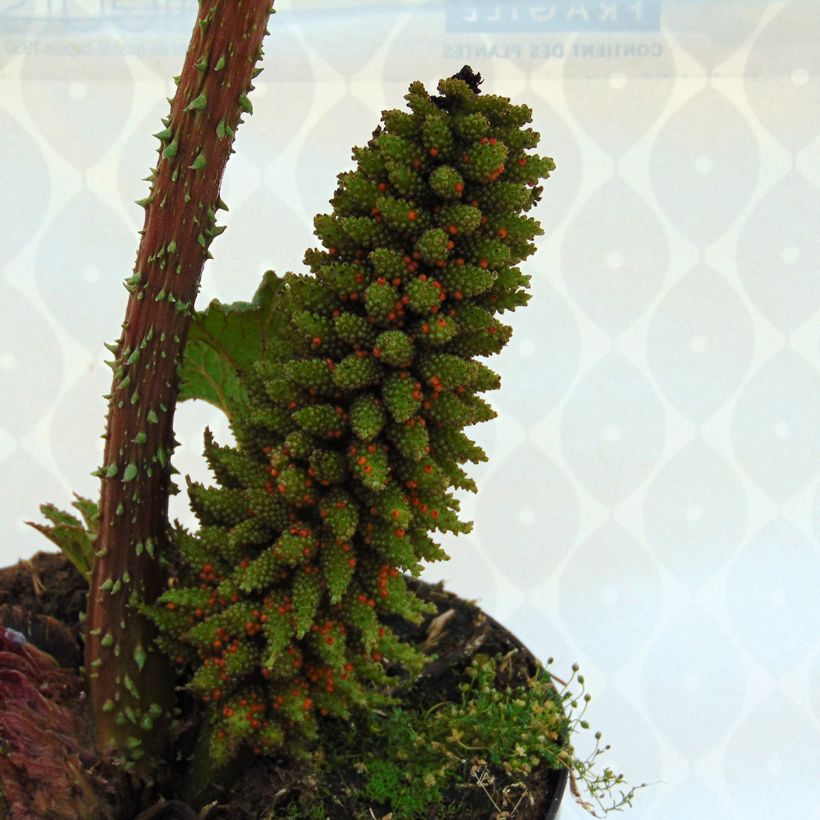

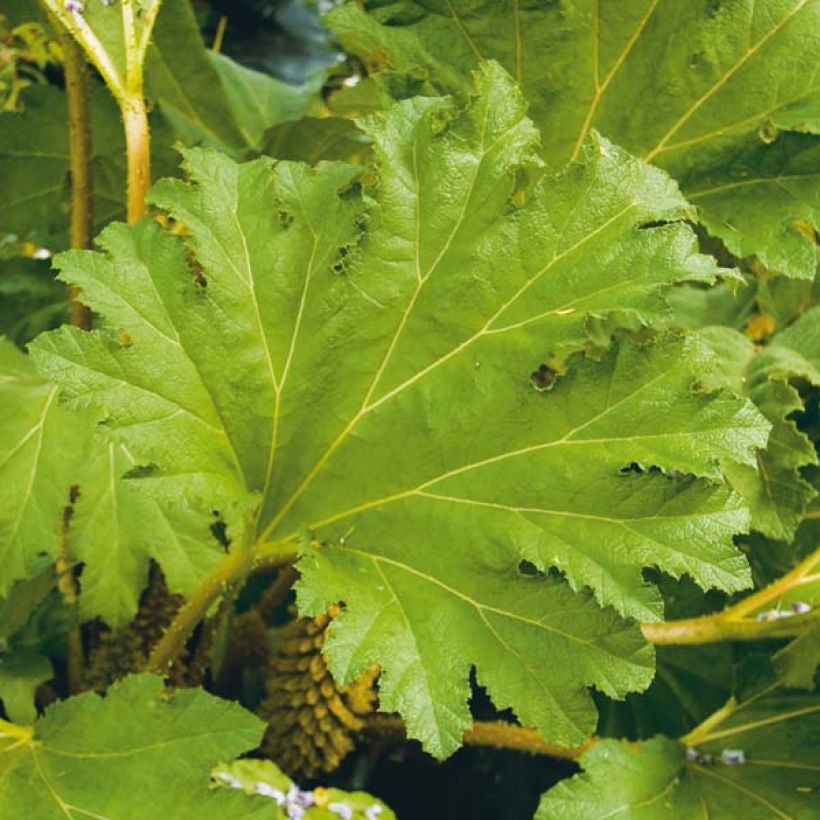

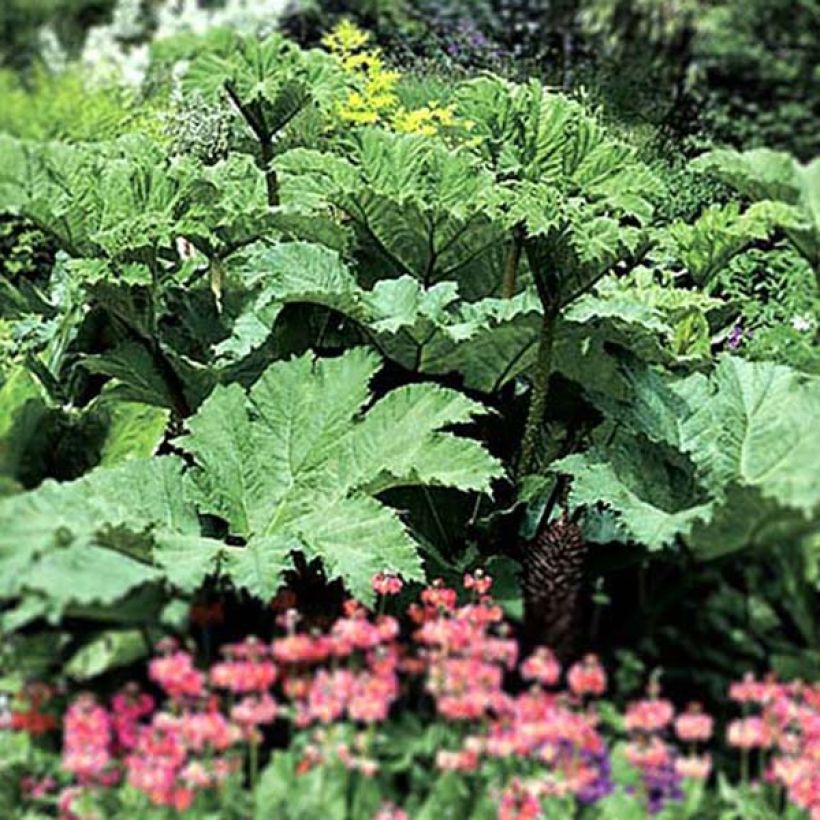

Flowering
Foliage
Plant habit
Botanical data
Gunnera
manicata
Gunneraceae
Brazilian Giant-rhubarb, Giant rhubarb
South America
Other Giant and airy perennials
View all →Planting and care
If you plan to plant Gunnera in a mild climate, it's best to do it in spring or autumn. The soil should be deep, rich in organic matter, and not too chalky. Additionally, it should be very humid and heavy. Choose a slightly shaded exposure that doesn't damage the foliage and is sheltered from the wind and sun at the day's hottest hours. An east-facing exposure would be perfect. If you plan to plant it on the edge of a pond, ensure the base stays out of the water; otherwise, it'll rot. Avoid planting it in limestone soils.
If you plan to create a pond, dig a deep planting pocket around the periphery if the soil is normal to dry. Use a waterproof sheet to line the pocket, which will retain moisture for longer.
The Gunnera is moderately hardy and requires protection during winter. Cover the base with the plant's leaves and a thick mulch, which will help it to withstand much lower temperatures, up to -20°C, provided it is at least 2-3 years old.
The plant doesn't require much maintenance. In spring, apply a thick layer of well-rotted compost at the base of the plant. If you're growing it in pots, choose an enormous container, water it regularly, especially in summer, and give it a slow-release fertiliser in spring and late summer.
Planting period
Intended location
Care
Planting & care advice
-
, onOrder confirmed
Reply from on Promesse de fleurs
Similar products
Haven't found what you were looking for?
Hardiness is the lowest winter temperature a plant can endure without suffering serious damage or even dying. However, hardiness is affected by location (a sheltered area, such as a patio), protection (winter cover) and soil type (hardiness is improved by well-drained soil).

Photo Sharing Terms & Conditions
In order to encourage gardeners to interact and share their experiences, Promesse de fleurs offers various media enabling content to be uploaded onto its Site - in particular via the ‘Photo sharing’ module.
The User agrees to refrain from:
- Posting any content that is illegal, prejudicial, insulting, racist, inciteful to hatred, revisionist, contrary to public decency, that infringes on privacy or on the privacy rights of third parties, in particular the publicity rights of persons and goods, intellectual property rights, or the right to privacy.
- Submitting content on behalf of a third party;
- Impersonate the identity of a third party and/or publish any personal information about a third party;
In general, the User undertakes to refrain from any unethical behaviour.
All Content (in particular text, comments, files, images, photos, videos, creative works, etc.), which may be subject to property or intellectual property rights, image or other private rights, shall remain the property of the User, subject to the limited rights granted by the terms of the licence granted by Promesse de fleurs as stated below. Users are at liberty to publish or not to publish such Content on the Site, notably via the ‘Photo Sharing’ facility, and accept that this Content shall be made public and freely accessible, notably on the Internet.
Users further acknowledge, undertake to have ,and guarantee that they hold all necessary rights and permissions to publish such material on the Site, in particular with regard to the legislation in force pertaining to any privacy, property, intellectual property, image, or contractual rights, or rights of any other nature. By publishing such Content on the Site, Users acknowledge accepting full liability as publishers of the Content within the meaning of the law, and grant Promesse de fleurs, free of charge, an inclusive, worldwide licence for the said Content for the entire duration of its publication, including all reproduction, representation, up/downloading, displaying, performing, transmission, and storage rights.
Users also grant permission for their name to be linked to the Content and accept that this link may not always be made available.
By engaging in posting material, Users consent to their Content becoming automatically accessible on the Internet, in particular on other sites and/or blogs and/or web pages of the Promesse de fleurs site, including in particular social pages and the Promesse de fleurs catalogue.
Users may secure the removal of entrusted content free of charge by issuing a simple request via our contact form.
The flowering period indicated on our website applies to countries and regions located in USDA zone 8 (France, the United Kingdom, Ireland, the Netherlands, etc.)
It will vary according to where you live:
- In zones 9 to 10 (Italy, Spain, Greece, etc.), flowering will occur about 2 to 4 weeks earlier.
- In zones 6 to 7 (Germany, Poland, Slovenia, and lower mountainous regions), flowering will be delayed by 2 to 3 weeks.
- In zone 5 (Central Europe, Scandinavia), blooming will be delayed by 3 to 5 weeks.
In temperate climates, pruning of spring-flowering shrubs (forsythia, spireas, etc.) should be done just after flowering.
Pruning of summer-flowering shrubs (Indian Lilac, Perovskia, etc.) can be done in winter or spring.
In cold regions as well as with frost-sensitive plants, avoid pruning too early when severe frosts may still occur.
The planting period indicated on our website applies to countries and regions located in USDA zone 8 (France, United Kingdom, Ireland, Netherlands).
It will vary according to where you live:
- In Mediterranean zones (Marseille, Madrid, Milan, etc.), autumn and winter are the best planting periods.
- In continental zones (Strasbourg, Munich, Vienna, etc.), delay planting by 2 to 3 weeks in spring and bring it forward by 2 to 4 weeks in autumn.
- In mountainous regions (the Alps, Pyrenees, Carpathians, etc.), it is best to plant in late spring (May-June) or late summer (August-September).
The harvesting period indicated on our website applies to countries and regions in USDA zone 8 (France, England, Ireland, the Netherlands).
In colder areas (Scandinavia, Poland, Austria...) fruit and vegetable harvests are likely to be delayed by 3-4 weeks.
In warmer areas (Italy, Spain, Greece, etc.), harvesting will probably take place earlier, depending on weather conditions.
The sowing periods indicated on our website apply to countries and regions within USDA Zone 8 (France, UK, Ireland, Netherlands).
In colder areas (Scandinavia, Poland, Austria...), delay any outdoor sowing by 3-4 weeks, or sow under glass.
In warmer climes (Italy, Spain, Greece, etc.), bring outdoor sowing forward by a few weeks.






























